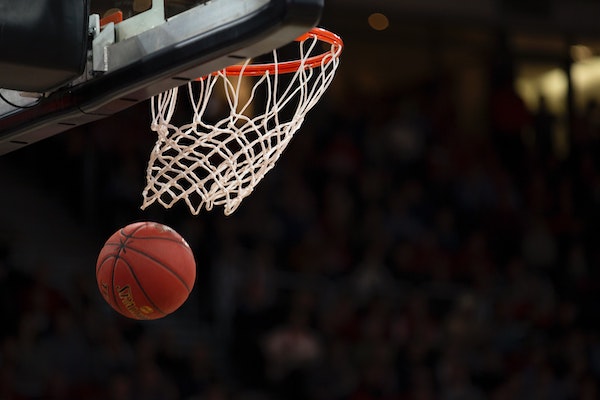In every basketball team, there is a point where the players feels lethargic and stagnant in progressing as a team. The monotonous cycle of drills can improve the team’s ability to a certain extent and exhaust them of further improvement. However, there are several ways to improve the team’s performance for the team and individuals to work effectively and efficiently. This includes self-reflection, nutrition and rest, strength training and conditioning, skill focus and Team Trips.
Point 1: Self-Reflection

Self-reflection is a forgetful thing, it is easy to assume you are doing everything correctly and brush off mistakes. However, self-reflection can help any athlete better themselves as an individual and continuously work towards different goals. For a deeper reflection, it is best to write down your thoughts, when writing it cements what you are thinking for you to look back on and it is not a vague idea that can be forgotten the next day. Once you have a pen and paper, reflect on your last game or practice and think honestly to yourself 5 things you did well and 5 things you can improve on. From here write your goals for yourself and a time frame you’d like to accomplish the goal.
With this in mind, you can map out the steps on how you would like to achieve this goal. It is important to be realistic, specific and honest with self-reflection. For example, instead of your goal being “shoot more hoops”, be more specific and write what kind of shooting skill you would work on and then write how you would achieve this, such as practicing 20 layups on both your left and right side. Your self-reflection will transition your ideas into actions and will enable you to become an independent and adaptable player.
Point 2: Nutrition and Sleep
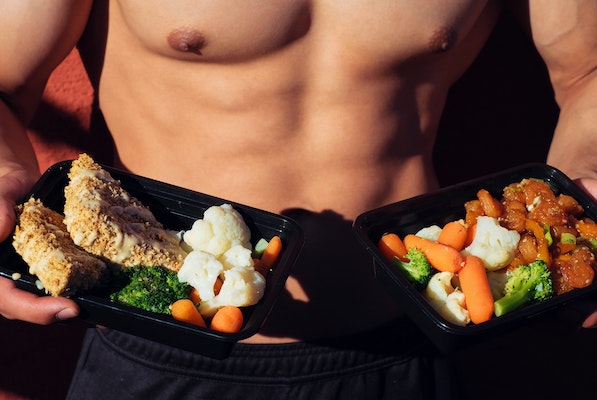
During the basketball season break, your diet and sleep schedule can become carelessly disorientated. When focusing on preparing your body for the season, your mind narrow mindedly and naively thinks of training your body, however the food and drinks you consume and the amount and quality of sleep you get is crucial for performance. Food and sleep is how your body is able to fuel, rest and recover after a training session, it helps with muscle recovery and repair and subsequently preventing injury. Your diet is concerned with what, when and how much food you eat. A basketball player’s diet is dependable on the player’s body type but should consist of lean protein, complex carbohydrates, healthy fats and should avoid sugar, refined carbohydrates, alcohol and smoking. For a player, they should be eating breakfast, lunch and dinner as well as high energy snacks spread out throughout the day and for maximum benefit eating 3 hours before a training session and 30 minutes after.
Drinking lots of water before, during and after training is also very important as dehydration can distort your mind and therefore result in shooting inaccuracy, reduced speed, coordination, speed and agility. It is important to note it is essential to replace the fluids in your body you have sweat out, and best to drink water over sports drinks. In conjunction with food and water, getting an adequate amount of sleep is necessary in recharging your body and ensuring you are able to fully participate for the next day.
Point 3: Conditioning and Strength Training
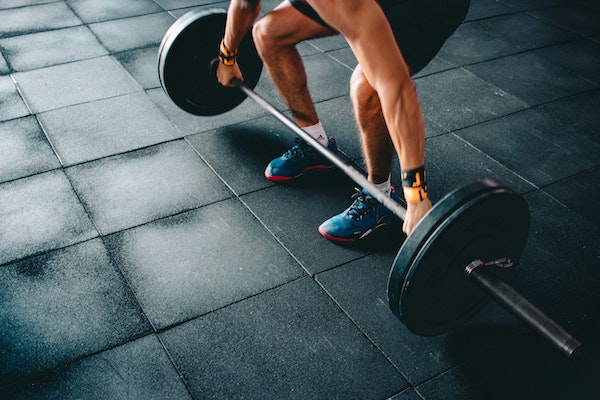
Conditioning and strength training is critical and can be specifically designed for basketball and effectively improve your capability to do certain skills. Basketball conditioning drills should revolve around the nature of basketball, which includes sprinting, abrupt accelerating and decelerating, dribbling and ball work. Interval training is useful as the workout consists of 20s of maximum intensity to 10s rest or minimal effort which is continued for 10 minutes, which is effectively replicating a basketball quarter. For dribbling and ball work practices, examples of conditioning exercises include:
- Full court dribbling and lay-up drill (starting at baseline, dribble across court and finish with a layup)
- Man in the hole (one defence and one offence, offence will dribble ball across court, once done roles reverse)
- Two ball dribbling (dribble with two balls, one in each hand across the court)
- Dribbling cone weave (dribble a ball in a zigzag pattern between cones)
- Suicides (start at baseline, sprint and touch free throw line, run back and touch baseline and repeat for half court and other free throw line)
Conditioning should be trained three times a week in conjunction with strength training. . Strength training is vital for increasing muscular strength and preventing injury. The strength you gain can convert into explosive power on the court, a desired quality in basketball. It is best for a player to do low weights and high reps in preseason then reverse that method when transitioning into the season. Exercises should be slow, controlled and deliberate and focus on mobility, stability, posture and balance.
Examples of strength training exercises should include:
Upper Body:
- Bicep curl
- Shoulder press
- Tricep extension with medicine ball
- Tricep extension
- Bench press
Lower body:
- Single leg deadlift
- Isometric split lunge
- Isometric side lunge
- Glute bridge hold
- Goblet Squat
Point 4: Skill Focus
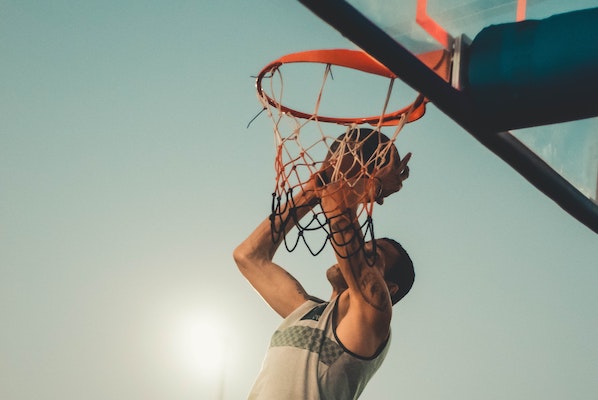
Basketball is a particularly demanding contact sport that requires a substantial amount of technique to become a great player. Focusing and mastering the little things will enable you to utilize them to give them purpose throughout the game. Skills may be categorised into offence, defence, shooting, rebounding, layups, passing and dribbling.
Drills to practice in your training may include:
- Offence: 1v1 speed dribble, 1v1 overlap, baseline 1 on 1 escape
- Defence: tight spaces ball handling, foster 1v1, defensive footwork progressions
- Shooting: form shooting, wing to wing, 555 shooting
- Rebounding: Mikan drill, two on two box out, 1 on 1 post moves drill
- Layups: figure 8 hook shots, arc finishing drill, lay up progression
- Passing: monkey in the middle, two ball combo, partner pass and pivot combo ,
- Dribbling: 1 on 2 pressure ball handling drill, tight cone warm up, cone grab finishing drill
Point 5: Team Trips

Preseason basketball offers a chance for teammates to catch up and bond prior to the season starting. It is always good when a team works harmoniously and gets along with each other both on and off the court. However, it is better when teammates offer support and encouragement, trust each other, and have faith and can rely on one another. This foundation can be built prior to preseason by sending your team on a trip.
Team Trips offer packages for both boys and girls in various locations around Australia including Gold Coast, Sydney, Melbourne, Byron Bay, Brisbane, Perth, Adelaide, Hobart and Darwin or there is always the option to travel to New Zealand. Within each location, there is a predesigned package that includes what each location is renowned for and can include group activities such as jet skiing, boat rides, snorkelling, golf, luxury boat charters and more. If there are multiple requests for different activities, Team Trips also offer custom packages.
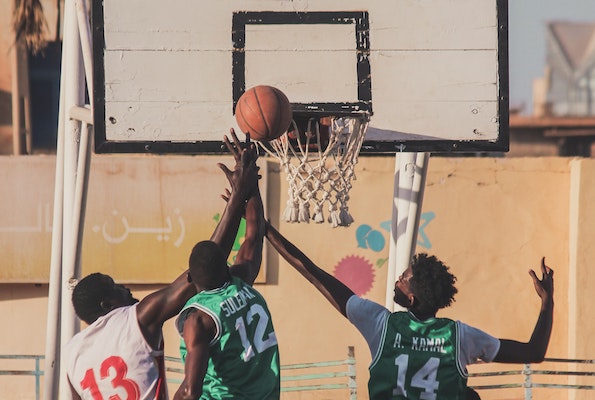
Every basketball team inevitably reaches a run down and burn out point. It is contagious to the team and the overall mood, however self-reflection, nutrition and sleep, conditioning and strength training, skill focus and Team Trips will revitalise and inspire your team and furthermore increase their performance in the coming season.
